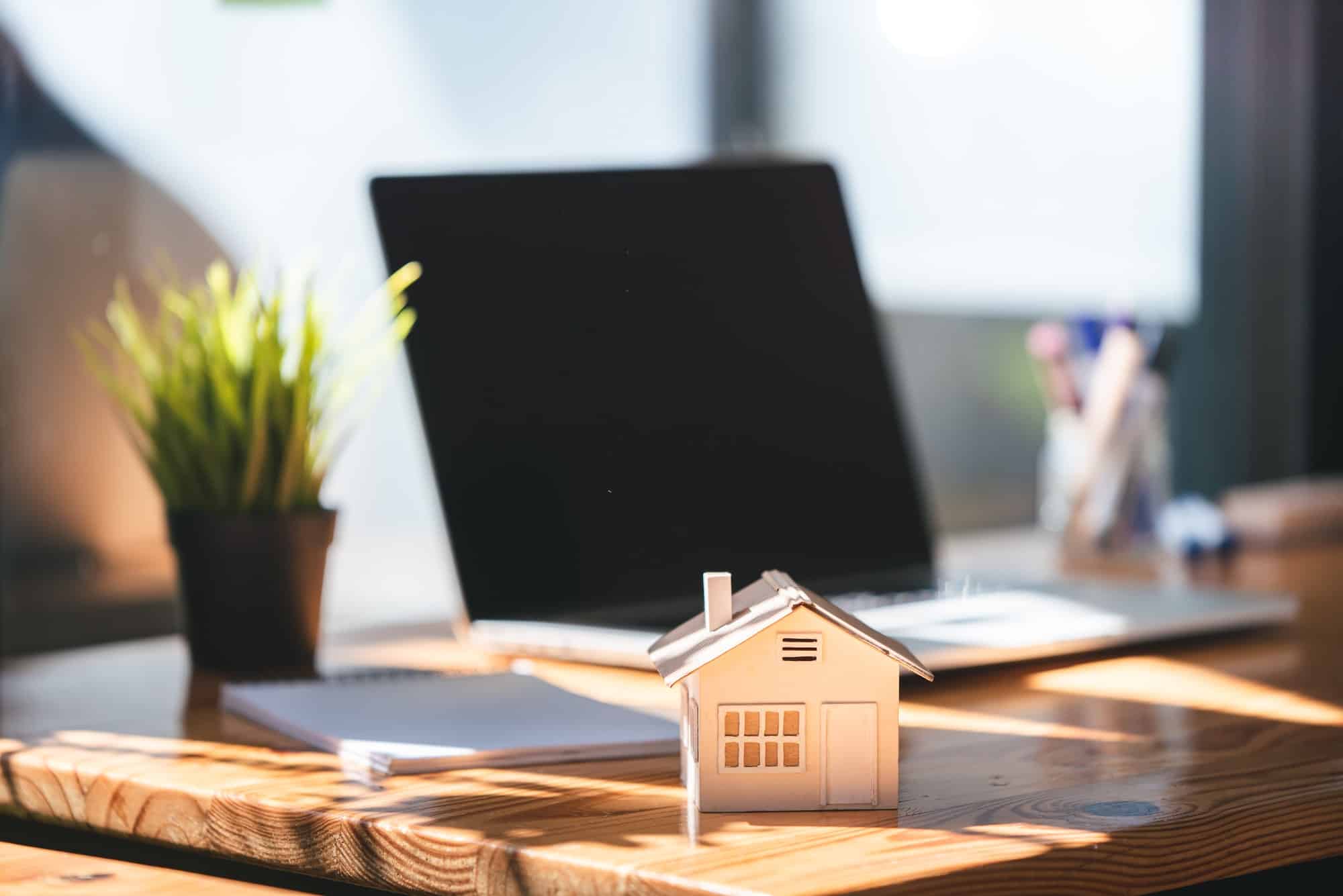How to design real estate projects that facilitate and encourage healthy and active lifestyles among residents?

Real estate developers have a crucial role to play in shaping the health and well-being of the communities they serve. Designing projects that facilitate and encourage healthy and active lifestyles among residents is no longer a niche concept but a guiding principle that shapes every decision. This article will provide a comprehensive exploration of the various strategies that can be implemented to achieve this goal.
Incorporating Green Spaces
Green spaces or areas with vegetation are a fundamental aspect when considering healthy real estate development. Not only do they offer visual appeal, but they also provide a range of health benefits.
A voir aussi : How to leverage artificial intelligence and machine learning for optimizing real estate property management?
Green spaces have been shown to encourage physical activity, reduce stress, and improve mental health. They can be anything from large parks and athletic fields to small community gardens or landscaped areas around buildings. By integrating these spaces into real estate projects, developers can offer residents easy access to areas that promote physical activities like jogging, cycling, or just a simple walk.
Designing with green spaces in mind also means considering the use of native or drought-tolerant plants to reduce water use and the need for pesticide application. Furthermore, these spaces can support local biodiversity, improve air quality and enhance the general quality of life for residents.
Avez-vous vu cela : What are the emerging trends in real estate for the development of smart and connected cities?
Prioritizing Walkability
Walkability refers to how friendly an area is for walking. Real estate projects that prioritize walkability can significantly enhance the health and wellness of residents.
Walkability can be promoted by creating dense networks of streets with plenty of intersections. This design decreases distances between destinations and makes walking or cycling more efficient modes of transportation. Furthermore, it’s essential to provide safe, comfortable, and attractive walking environments. Sidewalks should be wide, well-maintained, and well-lit. Street furniture, trees, and other forms of shade can also improve the walking experience and encourage residents to walk more.
Incorporating amenities such as shops, cafes, and other services within walking distance of homes can also promote walkability. When people can walk to these destinations, it reduces reliance on cars, thereby lowering carbon emissions and encouraging more physical activity.
Building Health and Wellness Amenities
Health and wellness amenities are becoming standard components in real estate developments. They offer residents convenient options for maintaining a healthy and active lifestyle.
A fitness center is a typical feature in many residential developments today. However, the concept of health and wellness amenities goes beyond just a gym. It could mean a yoga studio, a pool for low-impact workouts, or even outdoor exercise equipment.
Another option is dedicated spaces for wellness activities. These could be meditation rooms, rooftop gardens, or even therapeutic landscapes with water features. Building these kinds of amenities into the project can provide incentives for residents to take charge of their well-being and engage in activities that boost their health.
Designing for Community Engagement
A sense of community can significantly contribute to the overall well-being of residents. When people feel connected to their community, their mental health improves, and they are more likely to engage in physical activities.
This sense of community can be encouraged through thoughtful design. Common areas that encourage social interaction, such as courtyards, BBQ areas, and community kitchens can foster a sense of belonging. Likewise, designing projects that include communal gardens can encourage interaction among residents while promoting physical activity.
In addition, integrating the development with the larger community can also foster a sense of belonging. This could involve aligning pathways with larger community trail networks, or designing the project to include public spaces like plazas and parks.
Adopting Sustainable Building Practices
Sustainable building practices are not only good for the environment but can also contribute to the health and well-being of residents. These practices can involve using materials that are non-toxic, recycled, or sustainably sourced.
Furthermore, sustainable building practices often result in buildings that require less energy for heating and cooling, which can significantly improve indoor air quality. This can be achieved through the use of proper insulation, high-quality windows, and efficient heating and cooling systems.
In terms of design, orienting the building to take advantage of natural light can improve residents’ mental health and well-being. Incorporating features like rooftop solar panels can reduce reliance on fossil fuels and improve the building’s overall environmental performance.
Designing real estate projects that facilitate and encourage healthy and active lifestyles among residents requires a multidisciplinary approach. By incorporating green spaces, prioritizing walkability, building health and wellness amenities, designing for community engagement, and adopting sustainable building practices, developers can significantly enhance the quality of life for their residents.
Promoting Active Transportation Infrastructure
Active transportation refers to any form of human-powered transportation – walking, cycling, using a wheelchair, inline skating, or skateboarding. There are many ways a community can be designed to encourage these kinds of active transportation.
The key to promoting active transportation is to create an infrastructure that supports it. This includes developing a network of paths that are exclusively for the use of pedestrians and cyclists. These paths should connect homes with common destinations such as schools, parks, shopping centers, and public transit stops.
The design of these paths is also crucial. They should be well-lit, wide enough to accommodate both pedestrians and cyclists, and should have a smooth surface for easy use. For cyclists, bike racks and storage areas at destinations can encourage more people to cycle.
Moreover, traffic-calming measures like speed humps, roundabouts, or narrower lanes can make streets safer for pedestrians and cyclists, encouraging more active transportation.
Besides, consider the needs of all residents, including children, seniors, and people with disabilities. This could mean providing accessible sidewalks, curb cuts, and pedestrian signals.
Integrating active transportation infrastructure into real estate projects not only encourages physical activity, but it also reduces traffic congestion, improves air quality, and fosters a stronger sense of community.
Encouraging Healthy Food Access
Access to healthy food is another crucial aspect of designing real estate projects that encourage healthy lifestyles. Areas where residents can easily access fresh, nutritious food are often referred to as food-secure areas.
One approach to encourage healthy food access is to incorporate community gardens into the project design. Community gardens provide residents with the opportunity to grow their own food, which not only ensures access to fresh produce but also promotes physical activity and community interaction.
Another approach is to ensure that the project is located within walking distance of grocery stores that offer fresh fruits and vegetables. If this is not possible, developers could consider partnering with a local farmers’ market or co-op to provide residents with access to fresh, locally sourced produce.
Having restaurants and cafes that offer healthy food options within the development can also promote healthy eating habits. Developers can even consider offering cooking classes or workshops on healthy eating, further promoting a culture of health and wellness among residents.
In conclusion, designing real estate projects that encourage healthy and active lifestyles among residents requires a holistic approach. It’s not just about the physical design of the buildings, but also about creating an environment that supports and encourages a healthy lifestyle. This involves integrating green spaces, prioritizing walkability, providing health and wellness amenities, designing for community engagement, promoting active transportation, encouraging healthy food access, and adopting sustainable building practices. By considering all these factors, developers can create spaces that not only encourage physical activity but also significantly contribute to the overall health and well-being of residents.
